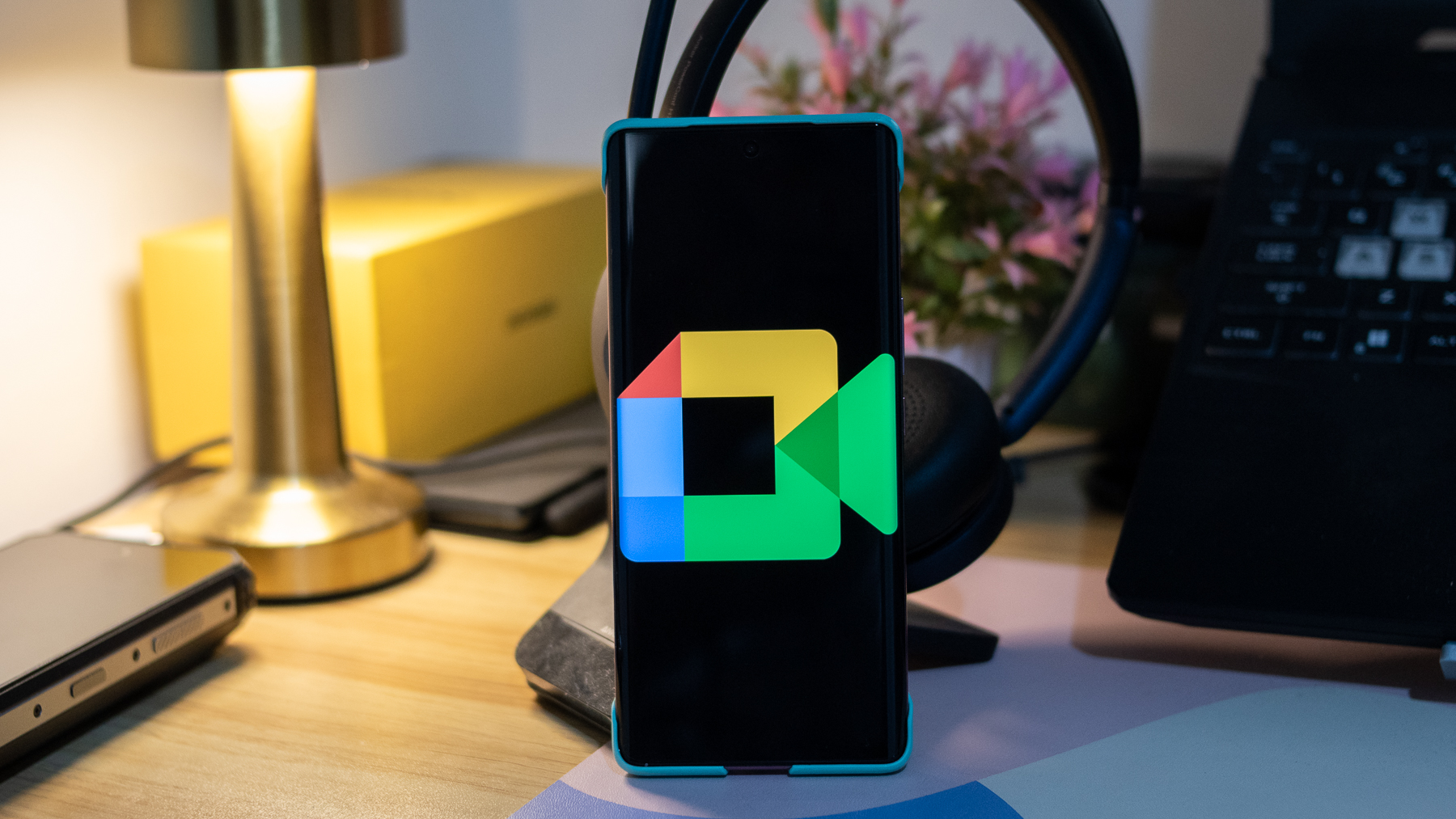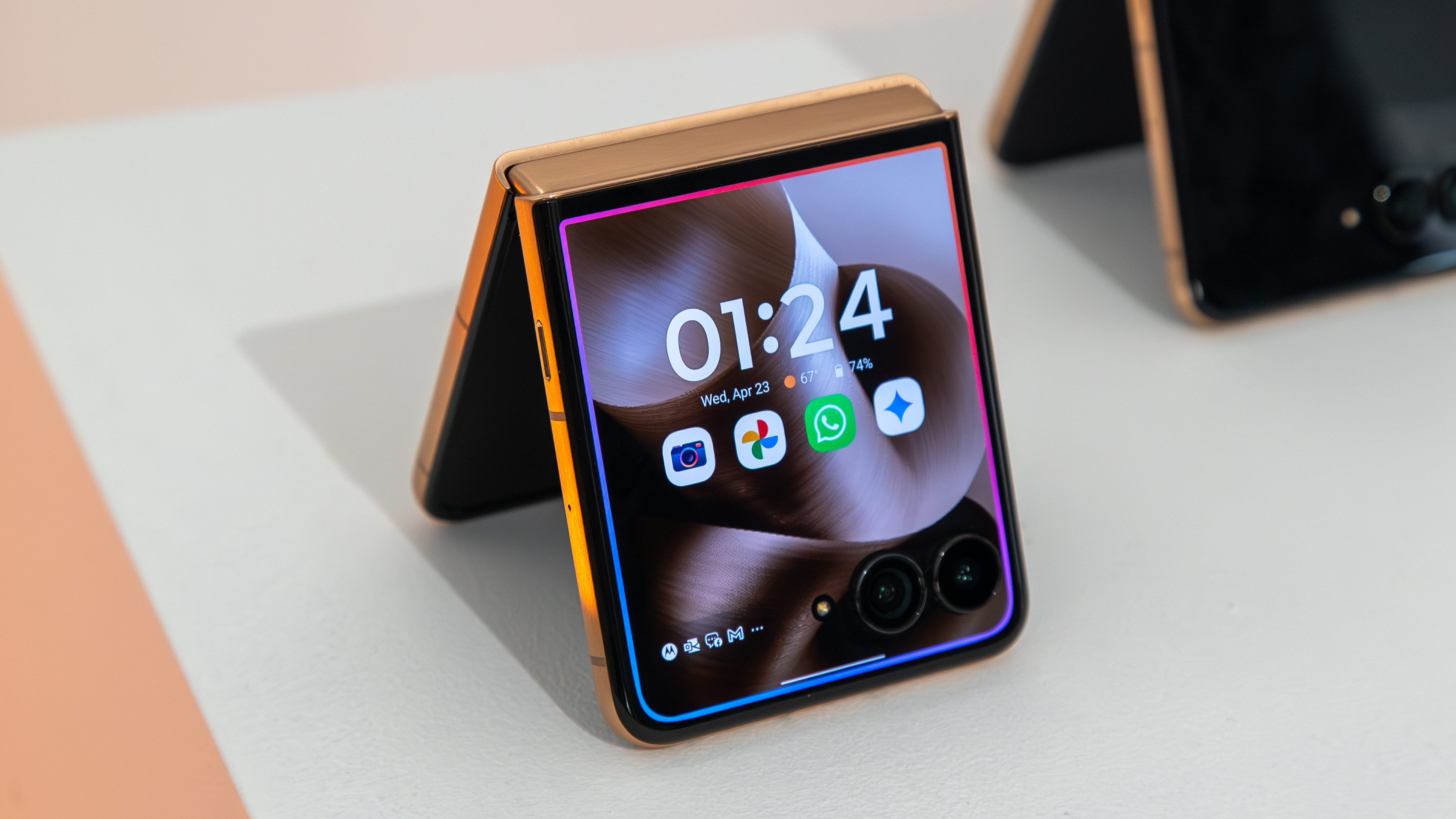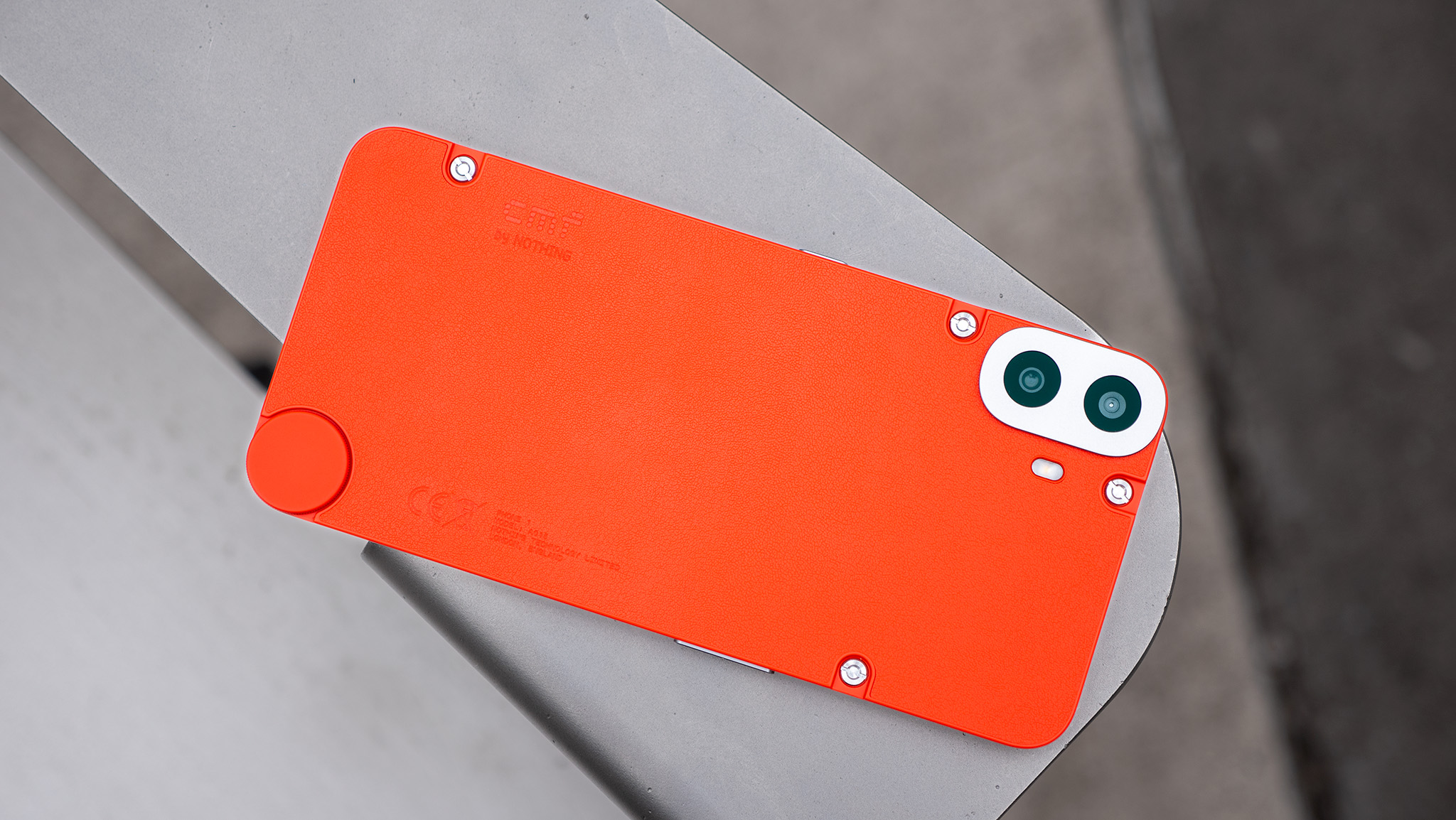Revolutionizing Displays: The Rotating LED Sphere with Custom Technology

In today's world, flat screen displays are ubiquitous, yet there are moments when a unique and dynamic visual experience is required. If you're in search of something with a bit more dimension, look no further than the innovative rotating LED sphere developed by [lhm0], showcasing a cutting-edge RP2040 persistence-of-vision (POV) display.
This mesmerizing display employs the powerful RP2040 microcontroller as its core component. The display is enhanced by an optional ESP01 module, which provides a web interface for user control, making it an interactive experience. As the entire assembly rotates at high revolutions per minute (RPM), [lhm0] has opted for custom printed circuit boards (PCBs) specifically designed to accommodate surface-mounted devices (SMD) chips, rather than using traditional development boards like the Pi Pico, which are commonly seen in similar projects.
One of the standout features of this project is the innovative wireless power solution implemented by [lhm0]. By eliminating the need for slip rings, which can complicate the design and functionality of rotating devices, the team has streamlined power delivery, ensuring a cleaner and more efficient operation.
In a departure from the prevailing trend of using individually-addressable LEDs, [lhm0] has chosen to employ through-hole RGB LEDs, which are controlled via a 24-bit shift register. This unique approach, combined with a clever interlacing technique, allows the 64 LEDs to produce a stunning 128-line display. To ensure the LEDs are mounted perfectly in a 90-degree angle, [lhm0] designed and printed a specialized LED-bending jig, showcasing the attention to detail that has gone into this project.
What truly sets this project apart is the creation of a custom binary video and image format, named .rs64. This format is specifically designed to encode images and video for the spheres display at a resolution of 128256 pixels. For those interested in the technical aspects, the custom format is available on GitHub, alongside a separate library that contains the firmware and KiCad files necessary for the displays production.
This is not the first POV display to capture the attention of tech enthusiasts, though it is certainly one of the more premium options available. While there are spherical displays on the market, few if any have gone to the lengths of developing a dedicated file format to optimize performance.
For those eager to see this fascinating technology in action, a video showcasing both the construction and functionality of the display is thoughtfully embedded below.


























